Refrigerators
A fridge is one of the most important appliances in any household. It is therefore advisable to choose the most suitable solution very carefully and preferably with a high energy efficiency class. The range of fridges on offer varies from traditional fridges with a freezer to innovative solutions with ice generators.
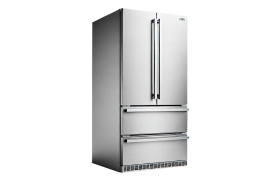 Bottom freezer refrigerators
Bottom freezer refrigerators
 Freezerless refrigerators
Freezerless refrigerators
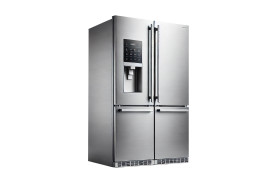 Side-by-Side refrigerators
Side-by-Side refrigerators
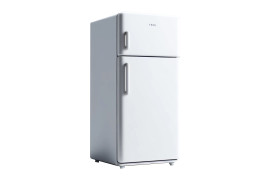 Top freezer refrigerators
Top freezer refrigerators
What to consider when choosing a fridge
When choosing a fridge, it is very important to consider its functionality, power consumption and size. Before buying, you should think about how much space you need to store frozen and fresh products. You should also consider whether you will need additional features such as a water dispenser or a fridge with an ice generator. Choose a type of fridge with an efficient cooling system if you plan to open it regularly, for example if you are buying for a catering business.
Dimensions. The depth of the refrigerator should be guided by the dimensions of the kitchen unit so that the refrigerator does not protrude significantly. The height should also be taken into account, as it will be easy for users to reach the upper shelves.
Design. Freestanding or built-in. Built-in solutions blend better into the interior, but this means that it will be more difficult to make any changes as it is difficult to move and is usually shallower. It can be an accent appliance (bright colours) or in neutral tones (white, silver, black). Stainless steel or plastic is usually used for the finish.
Noise. The noise level of a refrigerator is indicated in decibels (dB). This can be very important if the fridge is close to a work area or bedroom. The lower the decibel rating, the quieter the fridge.
Holiday mode. A mode that uses less electricity because it maintains the minimum temperature needed to keep food for the longest possible time. Other models, on the other hand, disable the chill chamber altogether but continue to run the freezer only.
Zones. Assess whether the fridge has different temperature zones, as different foods need different storage temperatures. For example, the recommended temperature for meat and fish is 0 degrees. In contrast, the freshness zone is where fruit and vegetables that are too cold for 0 degrees can be placed.
Defrost function. There are two types: manual and automatic ("No Frost" function). The automatic defrost function ensures that the fridge itself regulates when it is necessary to defrost the chamber (not the freezer), either by reaching a certain amount of ice on the walls or by preventing it from forming at all. However, it should be noted that the freezer compartment will have to be defrosted manually anyway. Manual defrosting, on the other hand, means that you have to defrost the fridge yourself by unplugging the fridge from the electricity supply. Please note that the products will be at room temperature for several hours, which may affect their quality.
Shelves and drawers. Carefully consider whether there are enough shelves and whether it is possible to move the shelves up or down. Pay attention to whether the surfaces have an antibacterial coating, which of course guarantees higher hygiene and a longer shelf life for the food.
Electricity classes
Refrigerators are divided into energy efficiency classes, with class A+++ being the most efficient and class G the least efficient. Despite the higher initial cost, an A-class fridge will be more economical in the long run due to the significant reduction in electricity consumption. This is important for an appliance that runs all the time. Even if high-end fridges are more environmentally friendly, it is still very important to choose a model that meets your daily requirements and budget. Energy efficiency is also affected by the size of the fridge, so it is important to choose a fridge that suits your needs and not a larger one, as a large fridge uses more electricity. "The 'No Frost' or automatic defrost function also ensures that the fridge uses less electricity, as a properly maintained fridge is more economical.
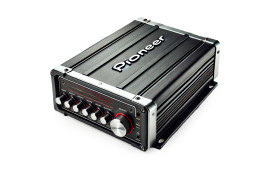 Car audio amplifiers
Car audio amplifiers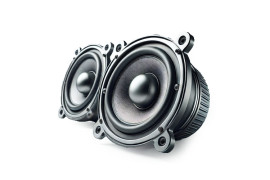 Car Audio Systems
Car Audio Systems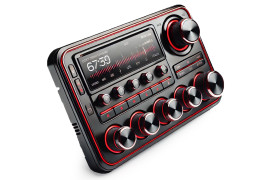 Car radios
Car radios Dictaphones
Dictaphones Headphones
Headphones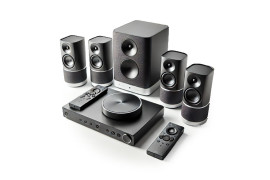 Home audio
Home audio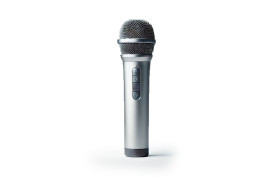 Microphones
Microphones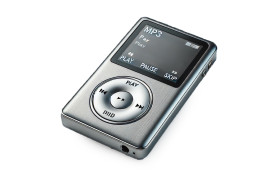 Portable media players
Portable media players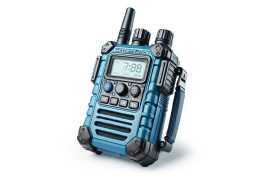 Radios
Radios Smart speakers
Smart speakers Speakers
Speakers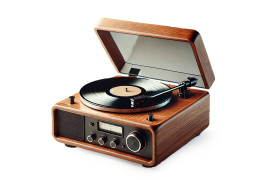 Turntables
Turntables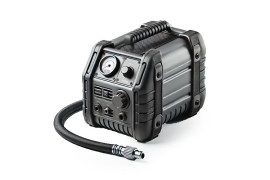 Car air compressors
Car air compressors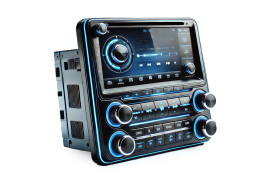 Car multimedia
Car multimedia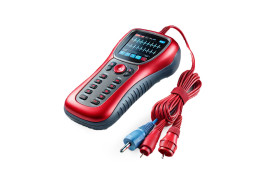 Diagnostic devices
Diagnostic devices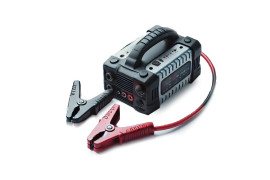 Jump starter / Powerbank
Jump starter / Powerbank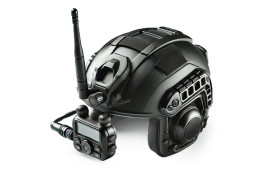 Motorcycle intercoms
Motorcycle intercoms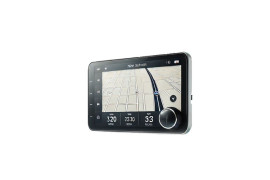 Navigation Systems
Navigation Systems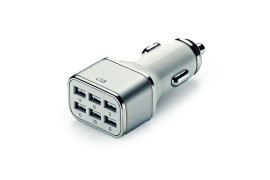 Phone car chargers
Phone car chargers Phone mounts
Phone mounts Transmitters
Transmitters Video recorders
Video recorders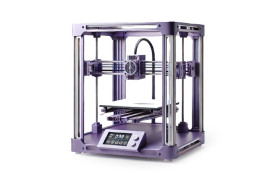 3D printers
3D printers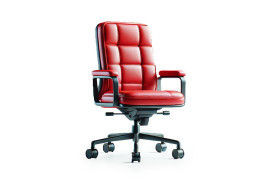 Computer chairs
Computer chairs Computer cleaning products
Computer cleaning products Computer components
Computer components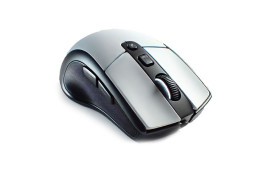 Computer mouses
Computer mouses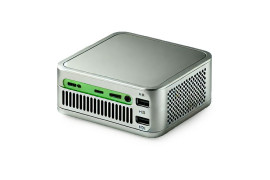 Computers (NUC)
Computers (NUC) Desktop computers
Desktop computers I/O Cards & Adapters
I/O Cards & Adapters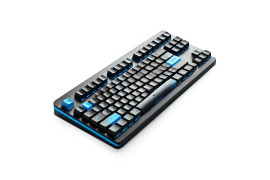 Keyboards
Keyboards Laser engravers and cutters
Laser engravers and cutters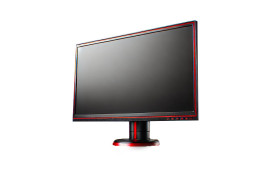 Monitors
Monitors Mouse Pads
Mouse Pads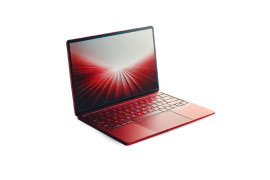 Notebooks and accessories
Notebooks and accessories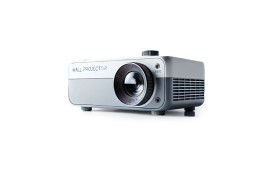 Projectors
Projectors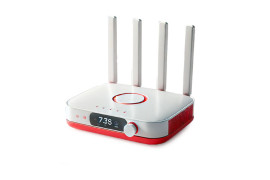 Routers, network equipment
Routers, network equipment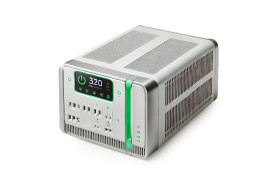 UPS
UPS Video games consoles and accessories
Video games consoles and accessories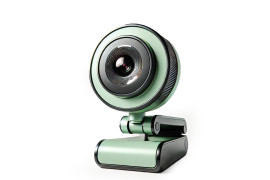 Webcams
Webcams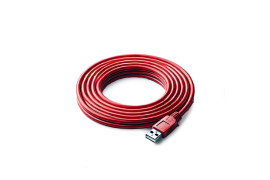 Wires, cables and adapters
Wires, cables and adapters Animal care
Animal care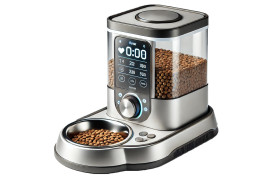 Automatic feeders
Automatic feeders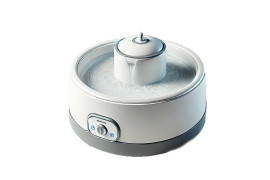 Automatic pet water fountains
Automatic pet water fountains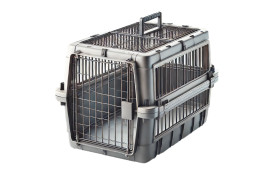 Carriers and crates
Carriers and crates Cat litter boxes
Cat litter boxes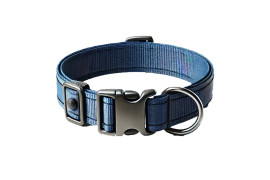 Collars, harnesses and leashes
Collars, harnesses and leashes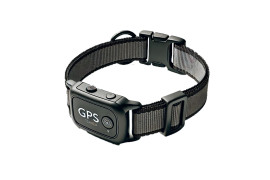 Pet supplies
Pet supplies Pet toys
Pet toys Axes
Axes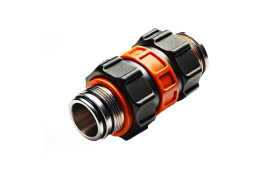 Garden hose fittings
Garden hose fittings Garden hoses
Garden hoses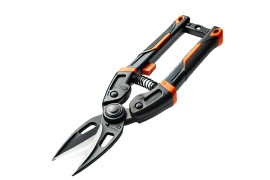 Garden shears
Garden shears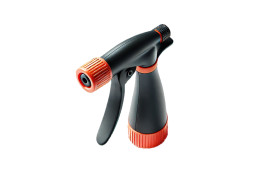 Garden spray guns
Garden spray guns Garden sprinklers
Garden sprinklers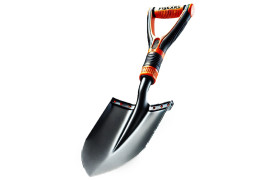 Garden tools
Garden tools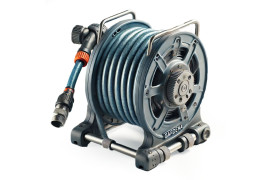 Hose trolleys & reels
Hose trolleys & reels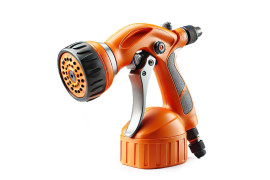 Lawn & garden watering
Lawn & garden watering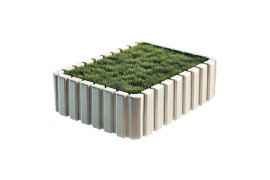 Lawn edges & palisades
Lawn edges & palisades Log tongs
Log tongs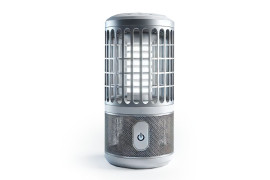 Mosquito Protection
Mosquito Protection Other garden tools
Other garden tools Tarpaulins
Tarpaulins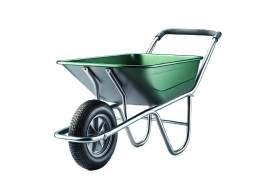 Wheelbarrow
Wheelbarrow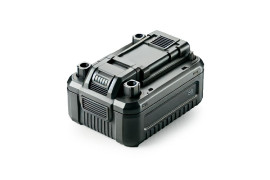 Batteries and chargers
Batteries and chargers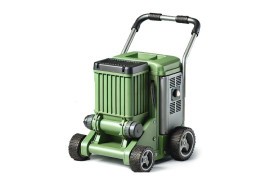 Branch shredders
Branch shredders Chainsaws
Chainsaws Cultivators / Tillers
Cultivators / Tillers Ground drills
Ground drills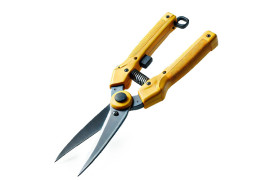 Hedge trimmers
Hedge trimmers High pressure washers
High pressure washers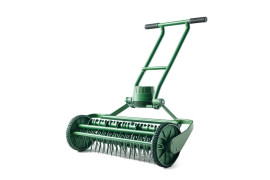 Lawn scarifier and aerator
Lawn scarifier and aerator Lawnmower robots
Lawnmower robots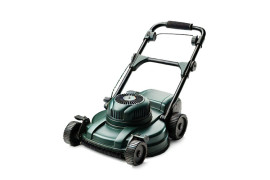 Lawnmowers
Lawnmowers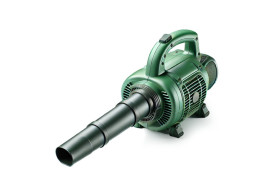 Leaf blowers
Leaf blowers Log splitter
Log splitter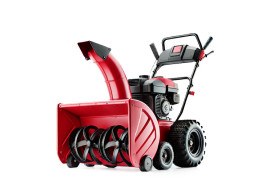 Multifunctual machines
Multifunctual machines Sprayers
Sprayers Trimmers and brushcutters
Trimmers and brushcutters Vibratory plates
Vibratory plates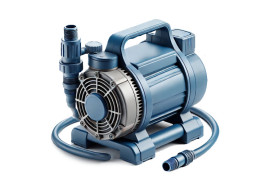 Water pumps
Water pumps Petrol generators
Petrol generators Petrol/LPG generators
Petrol/LPG generators Inverter generators
Inverter generators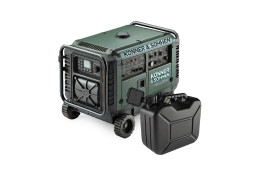 Diesel generators
Diesel generators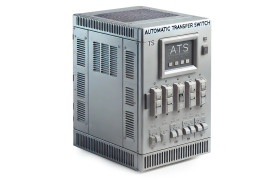 Generator accessories
Generator accessories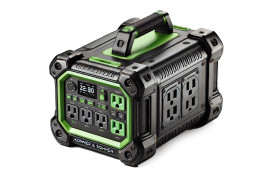 Power Stations
Power Stations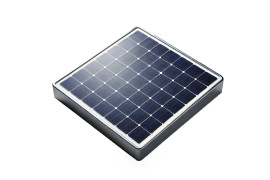 Solar panels
Solar panels Board games
Board games Constructors
Constructors Educational and Interactive Toys
Educational and Interactive Toys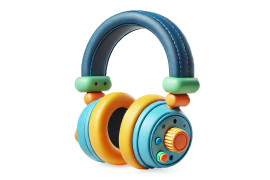 Electrical appliances for children
Electrical appliances for children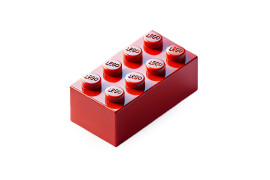 Lego
Lego Puzzles
Puzzles RC toys
RC toys Toddler
Toddler Toys
Toys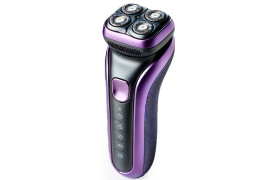 Bodycare
Bodycare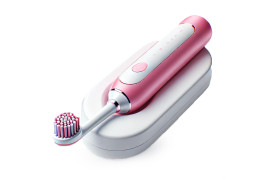 Dental hygiene
Dental hygiene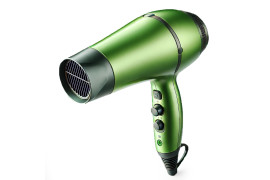 Hair care
Hair care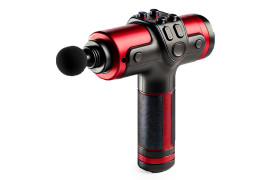 Health
Health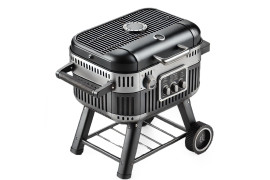 Air fryers / Grills
Air fryers / Grills Bread machines
Bread machines Cleaning supplies
Cleaning supplies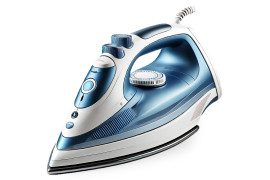 Clothing care
Clothing care Coffee Machines & Accessories
Coffee Machines & Accessories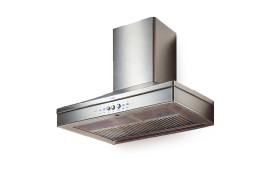 Cooker hoods
Cooker hoods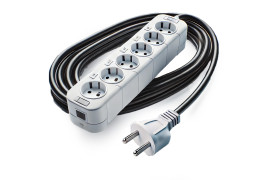 Extension cords
Extension cords Floor cleaning
Floor cleaning Food slicers
Food slicers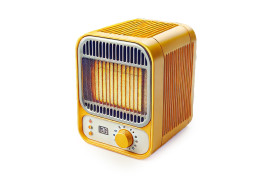 Heating and ventilation
Heating and ventilation Hobs
Hobs Home interiors
Home interiors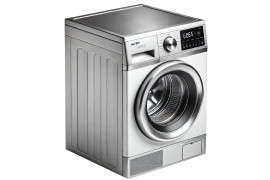 Household appliances
Household appliances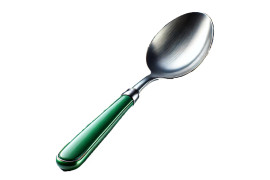 Kitchen utensils and cutlery
Kitchen utensils and cutlery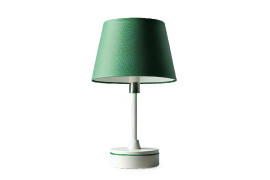 Lighting
Lighting Other Appliances
Other Appliances Padlocks
Padlocks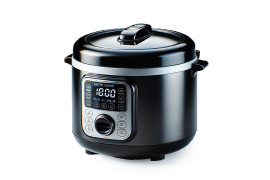 Small kitchen appliances
Small kitchen appliances Steam cleaners
Steam cleaners Vacuum cleaners / Robots
Vacuum cleaners / Robots Vacuum sealers
Vacuum sealers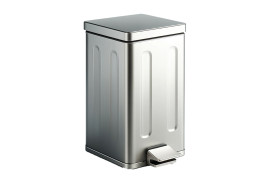 Waste bins
Waste bins Water filtration systems
Water filtration systems Weather stations & thermometers
Weather stations & thermometers Window cleaners
Window cleaners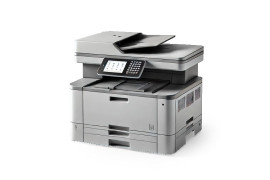 Multifunction printers
Multifunction printers 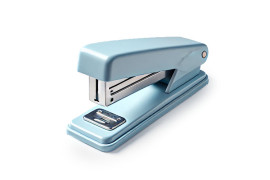 Binding Machines
Binding Machines Cleaning Products
Cleaning Products Inkjet Printers
Inkjet Printers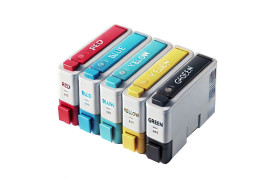 Inkjet Supplies
Inkjet Supplies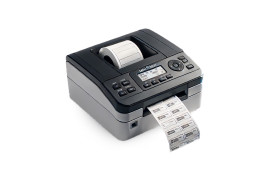 Label printers
Label printers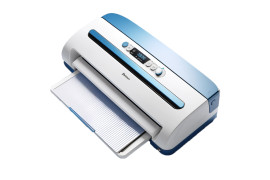 Laminators
Laminators Laser Printer Supplies
Laser Printer Supplies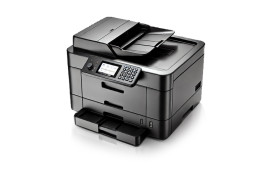 Laser Printers
Laser Printers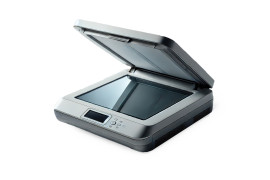 Scanners
Scanners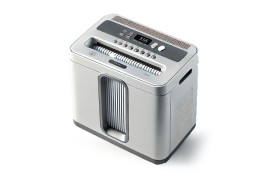 Shredders
Shredders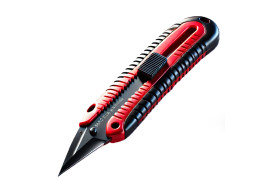 Stationery
Stationery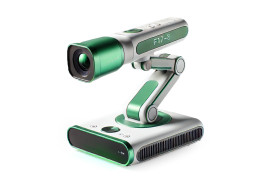 Visualisers
Visualisers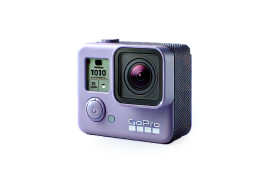 Action cameras
Action cameras Batteries
Batteries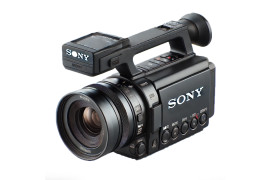 Camcorders
Camcorders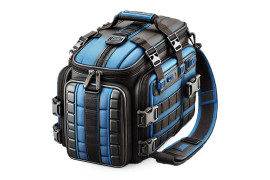 Camera bags
Camera bags Diapositive Scanner
Diapositive Scanner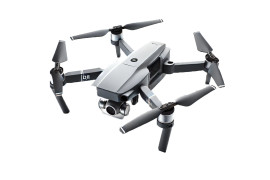 Drones & accessories
Drones & accessories Hunting & trail cameras
Hunting & trail cameras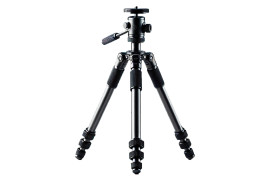 Photo & Video accessories
Photo & Video accessories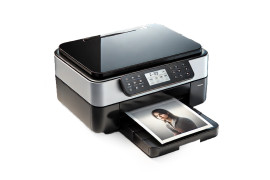 Photo printers
Photo printers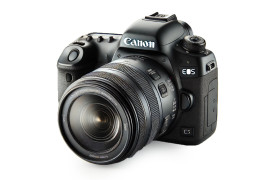 Photocamera
Photocamera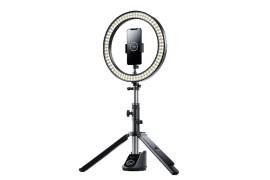 Photography studio equipment
Photography studio equipment Rechargeable battery chargers
Rechargeable battery chargers Video Surveillance
Video Surveillance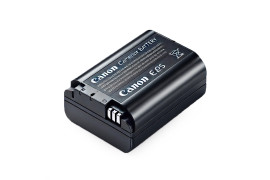 Batteries for photo and video equipment
Batteries for photo and video equipment Other equipment
Other equipment Digital picture frames
Digital picture frames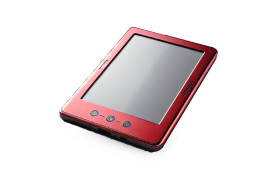 E-readers
E-readers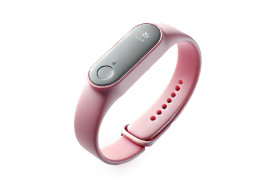 Fitness trackers
Fitness trackers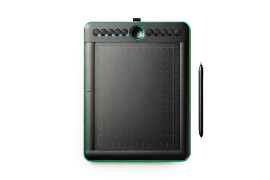 Graphics tablets
Graphics tablets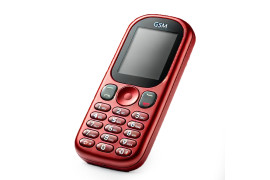 GSM phones
GSM phones Landline phones
Landline phones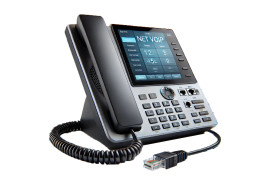 VoIP phones
VoIP phones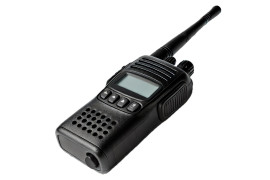 Walkie Talkie
Walkie Talkie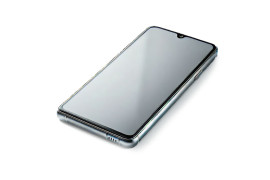 Mobile phones
Mobile phones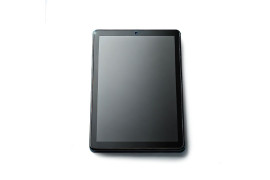 Tablet
Tablet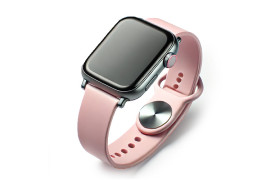 Smart watch
Smart watch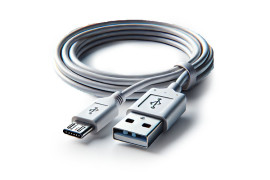 Smart device accessories
Smart device accessories Home automation
Home automation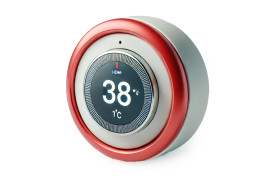 Thermostats
Thermostats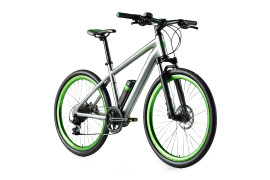 Bicycles
Bicycles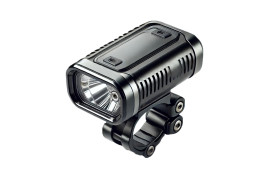 Bike accessories
Bike accessories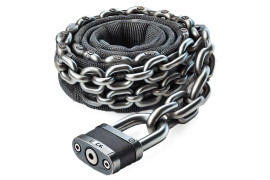 Bike locks
Bike locks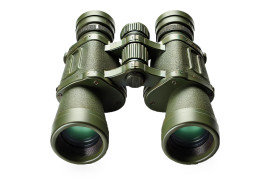 Binoculars
Binoculars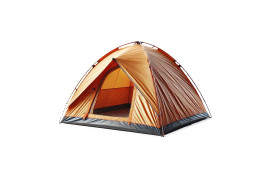 Camping
Camping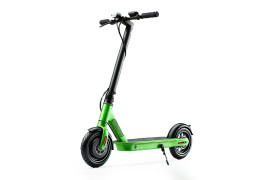 Electric scooters
Electric scooters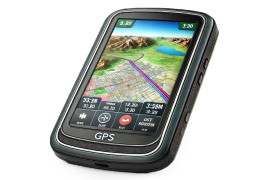 Handheld GPS
Handheld GPS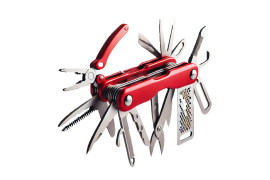 Multitools
Multitools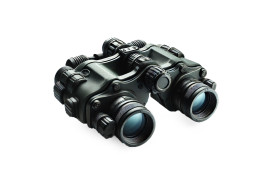 Night Vision Devices
Night Vision Devices Sports accessories
Sports accessories Telescopes
Telescopes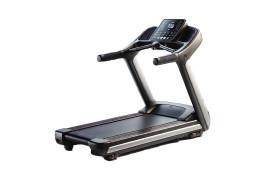 Treadmills
Treadmills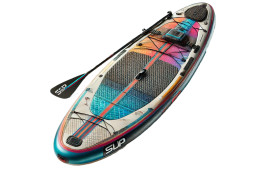 Water sports
Water sports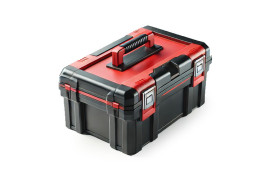 Hand tools
Hand tools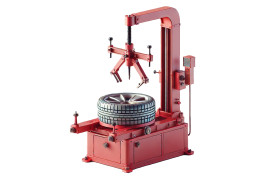 Automotive hand tools
Automotive hand tools Batteries / chargers
Batteries / chargers Cement mixers
Cement mixers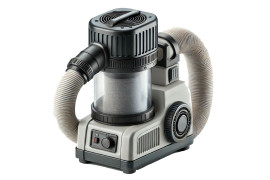 Chip and dust extraction units
Chip and dust extraction units Construction hand mixers
Construction hand mixers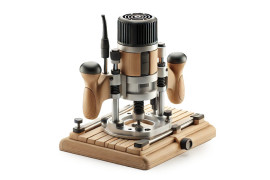 Cutter
Cutter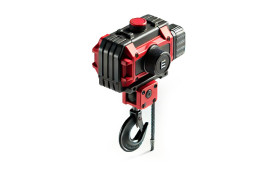 Electric winches
Electric winches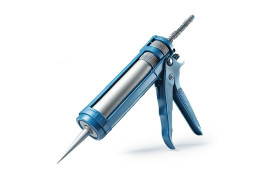 Glue, silicone, grease guns
Glue, silicone, grease guns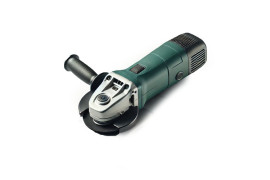 Grinding machines
Grinding machines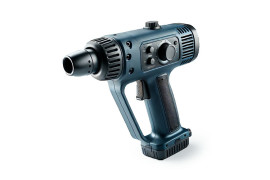 Heat guns
Heat guns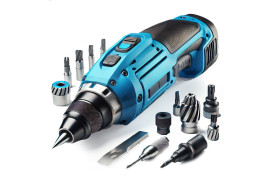 Multicutters
Multicutters Nail guns, staplers and rivets
Nail guns, staplers and rivets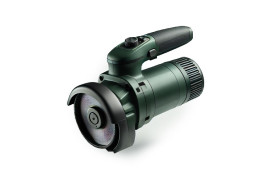 Other power tools
Other power tools Paint sprayers
Paint sprayers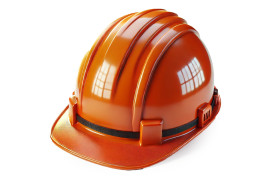 Personal protective equipment
Personal protective equipment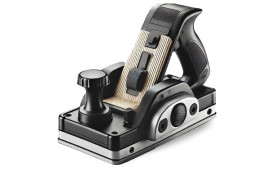 Planers
Planers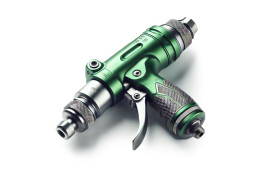 Pneumatic tools
Pneumatic tools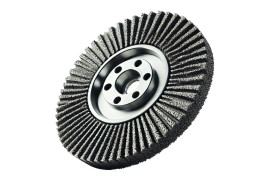 Power tool accessories
Power tool accessories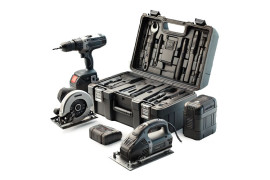 Power tool sets
Power tool sets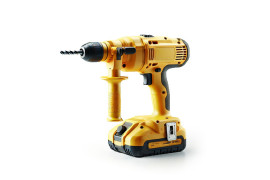 Rotary hammers
Rotary hammers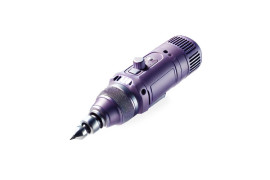 Rotary tools
Rotary tools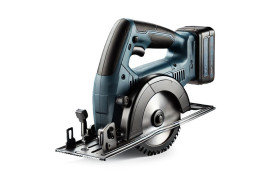 Saws
Saws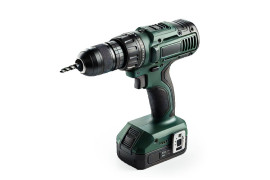 Screwdrivers and drills
Screwdrivers and drills Sharpeners
Sharpeners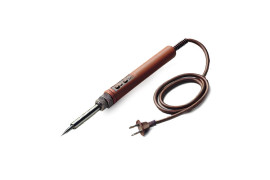 Soldering irons / Pipe welders
Soldering irons / Pipe welders Tile cutters
Tile cutters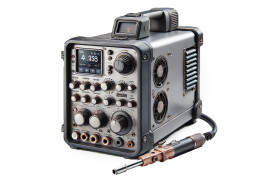 Welding machines
Welding machines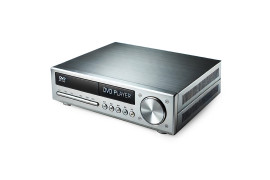 Blu-Ray and DVD players
Blu-Ray and DVD players Multimedia players
Multimedia players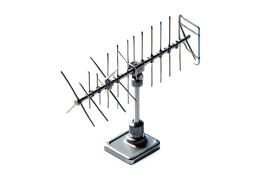 TV aerials
TV aerials TV Mounting Kits
TV Mounting Kits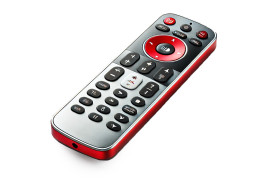 TV remote controls
TV remote controls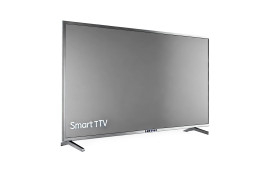 TVs
TVs












